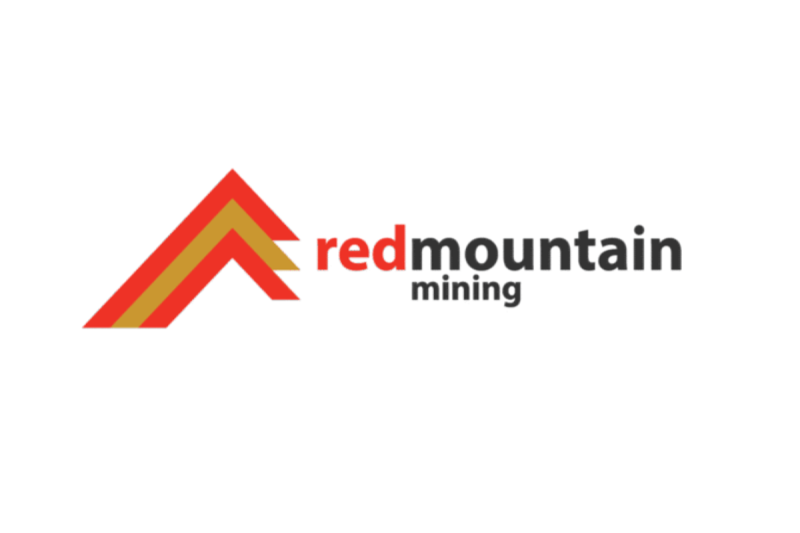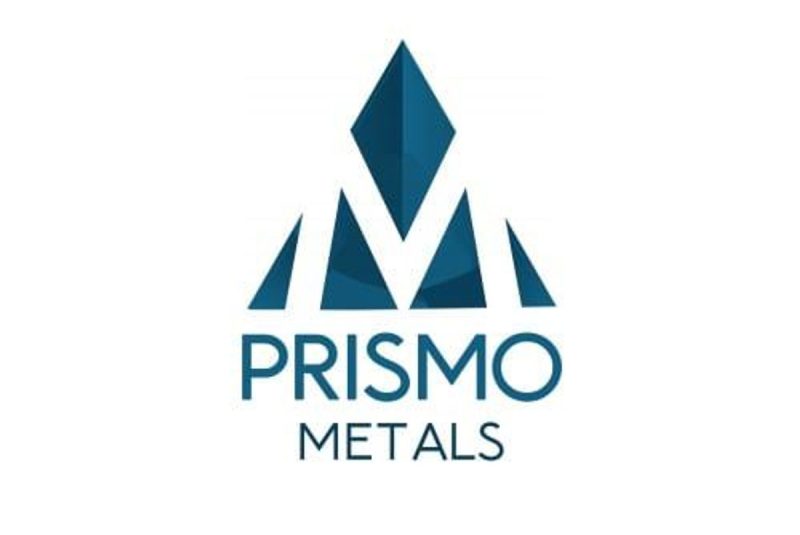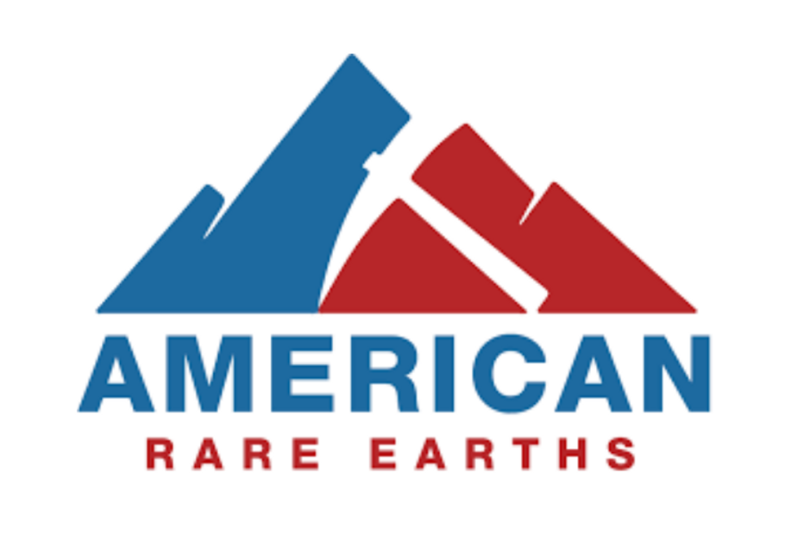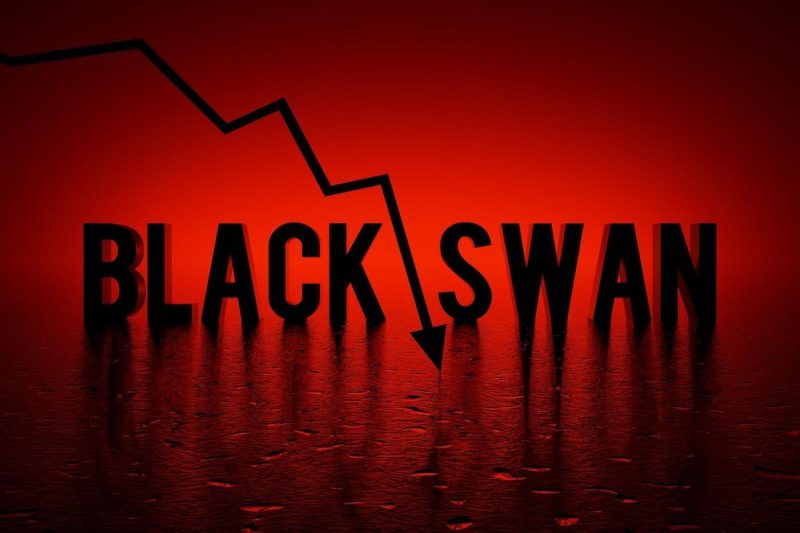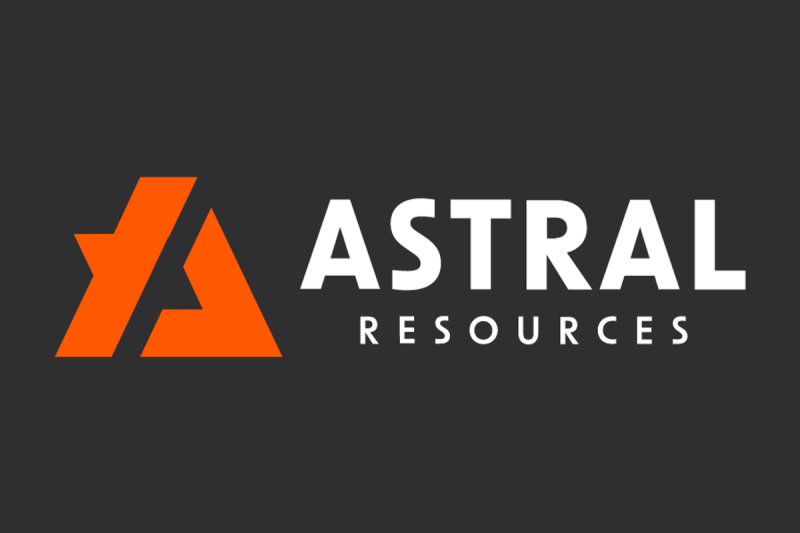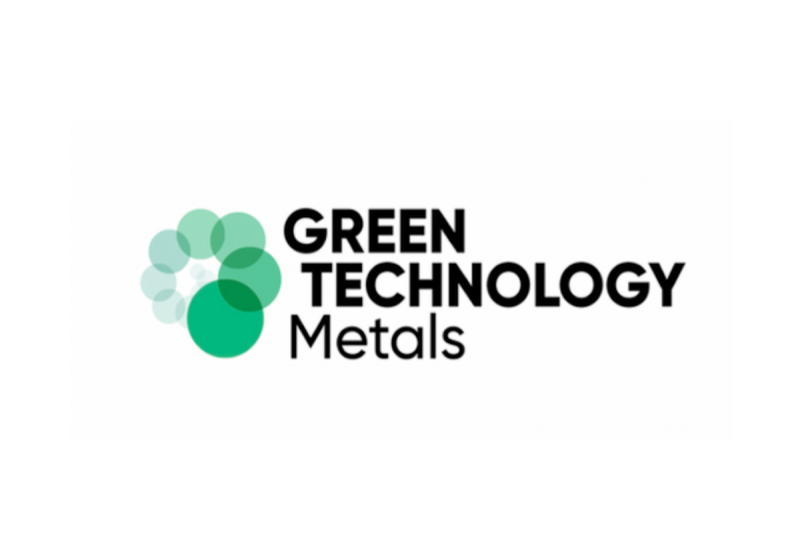Red Mountain Mining Limited (ASX: RMX, US CODE: RMXFF, or “Company”), a Critical Minerals exploration and development company with a growing portfolio in Tier-1 Mining Districts in the United States and Australia, is pleased to announce that RMXFF successfully commenced trading on the OTCQB this week. The price reached a high of A$0.054 (US$0.035) on the first day of activity.
HIGHLIGHTS
- RMXFF successfully listed on the US Market (OTCQB) with Red Mountain trading as high as A$0.054 (US$0.035) on the first day, up 36%
- RMXFF experienced a strong debut, with robust market activity & trading volumes and high levels of US-based investor engagement
- RMXFF is set to present at the Australian Rare Earths & Critical Minerals Investor Conference on 19 November 2025, to be distributed across the broader US capital markets network
- Red Mountain is continuing to be actively engaged in discussions with experienced strategic partners to fast-track its US and Australian Critical Minerals Portfolio
- These discussions are focused on accelerating project development and leveraging partner expertise in navigating US Government funding programs and Critical Minerals project development and support
- Red Mountain’s United States Critical Minerals Portfolio uniquely includes highly prospective and advantageously located Antimony Projects in both Idaho and Utah – adjacent to projects with significant known Antimony mineralisation
- In Australia, Red Mountain’s highly prospective Armidale Antimony-Gold Project comprises a large, strategic tenure covering nearly 400km2 of highly prospective ground, located west of Larvotto Resources’ (ASX: LRV $580m market cap) Hillgrove Project, which is Australia’s largest and the world’s eighth largest Antimony deposit – also subject to the recent takeover attempt from United States Antimony Corp (NYSE: UAMY A$1.5b market cap)
- Since the acquisition of Hillgrove in December 2023, LRV’s market cap has surged from less than $6 million to a high of over $700 million
- Red Mountain expects to receive and announce the further results from its Armidale Antimony-Gold Project by the end of NovemberRed Mountain also expects to make further updates to the market regarding its US based growth initiatives with the Bureau of Land and Management (BLM) offices returning to normal operational capacity, following the resolution of the US Government shutdown this month
Red Mountain’s highly experienced US-based markets advisory team has successfully supported the RMXFF listing and the Company notes the strong initial US based investor interest and trading volumes, relative to its peers.
Red Mountain’s specialised capital markets and investor engagement advisors, have deep networks within the US capital markets, and the Company is working closely with its advisors to further enhance and complement the benefits of the RMXFF listing.
Red Mountain Mining set to continue aggressive growth strategy
Red Mountain continues to seek further opportunities to expand its portfolio of high-quality Strategic Metals projects in Tier-1 US mining jurisdictions, with a goal of building a portfolio of assets to leverage what is an unprecedented critical shortage of Western supply of Strategic and Critical Metals.
The resolution of the US federal government shutdown on 12 November 2025, allows for Red Mountain to continue its aggressive US growth and expansion strategy. Subject to the satisfactory completion of due diligence, the Company expects to announce further growth initiatives this month.
Click here for the full ASX Release

